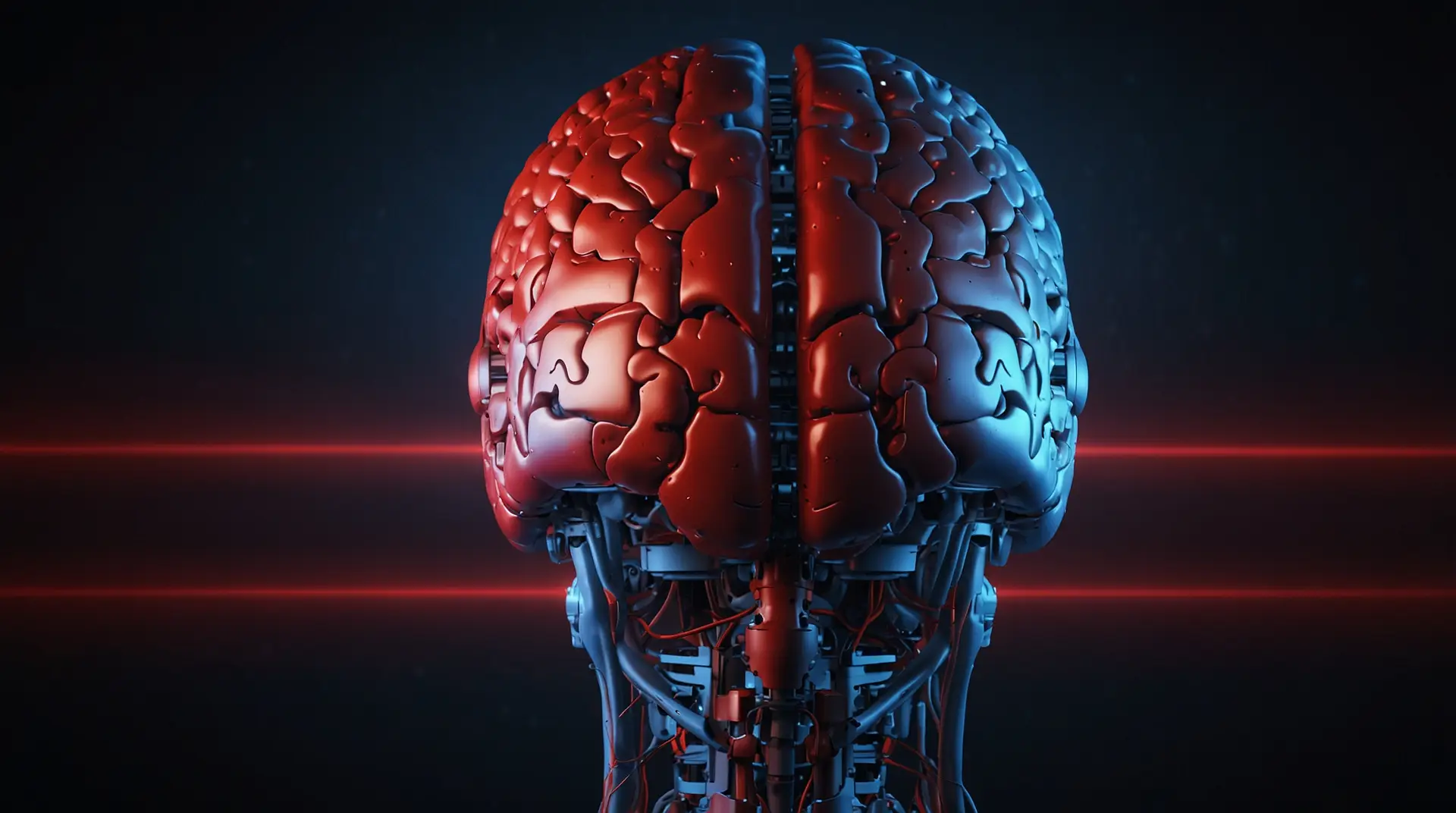Machine Learning is a subset of artificial intelligence (AI) that focuses on developing algorithms and models that allow computers to learn and improve their performance on specific tasks without being explicitly programmed. It is based on the idea that machines can analyze data, recognize patterns, and make decisions or predictions based on the information they have learned.
1. Types of Machine Learning:
There are several types of machine learning approaches:
a. Supervised Learning: In this method, the algorithm is trained on labeled data, where the input data is paired with corresponding correct outputs. The algorithm learns to make predictions by generalizing from the labeled examples. Common applications include image recognition, language translation, and speech recognition.
b. Unsupervised Learning: Unsupervised learning involves training the algorithm on unlabeled data, and the system tries to identify patterns or structure within the data without specific guidance. Clustering and dimensionality reduction are common tasks in unsupervised learning.
c. Semi-Supervised Learning: This approach combines elements of both supervised and unsupervised learning. It uses a small amount of labeled data along with a larger pool of unlabeled data to improve performance and efficiency.
d. Reinforcement Learning: In this method, an agent interacts with an environment and learns by receiving feedback in the form of rewards or penalties. The agent’s goal is to maximize the cumulative reward over time, making it well-suited for tasks such as game playing and autonomous vehicle navigation.

2. How Machine Learning Works:
At the core of machine learning are mathematical models and algorithms that analyze data and identify underlying patterns. The process typically involves the following steps:
a. Data Collection: Gathering relevant data from various sources is the initial step. The quality and quantity of data play a crucial role in the success of the machine learning model.
b. Data Preprocessing: Raw data often contains noise, missing values, or outliers that can adversely affect the model’s performance. Data preprocessing involves cleaning, transforming, and normalizing the data to make it suitable for analysis.
c. Feature Engineering: Selecting and engineering relevant features from the data is critical for the model’s performance. This step involves choosing the most informative features that can effectively represent the patterns in the data.
d. Model Selection: Choosing the appropriate machine learning algorithm or model is essential. The selection depends on the nature of the problem, the type of data, and the desired outcome.
e. Training the Model: During the training phase, the selected model is exposed to the labeled data, and it adjusts its internal parameters to minimize the error in its predictions.
f. Model Evaluation: After training, the model’s performance is evaluated using a separate set of data, known as the test set, to assess its accuracy and generalization capabilities.
Related Posts
g. Model Deployment: Once the model has been trained and evaluated successfully, it can be deployed to make predictions on new, unseen data.
3. Applications of Machine Learning:
Machine learning has found applications across various industries and fields:
a. Healthcare: In medical diagnosis, predicting disease outcomes, and drug discovery.
b. Finance: Fraud detection, credit risk assessment, and algorithmic trading.
c. Marketing: Personalized recommendations, customer segmentation, and targeted advertising.
d. Manufacturing: Predictive maintenance and quality control.
e. Natural Language Processing: Language translation, sentiment analysis, and chatbots.
f. Autonomous Systems: Autonomous vehicles, drones, and robotics.
4. Challenges and Future Prospects:
While machine learning has achieved significant advancements, challenges remain, including data privacy concerns, ethical considerations, and the need for interpretability in complex models. Ongoing research and development in the field aim to address these challenges and unlock the full potential of machine learning in transforming industries and improving our daily lives.
In conclusion, machine learning is a powerful technology that empowers computers to learn from data and make informed decisions. Its versatility and wide range of applications make it a cornerstone of modern AI systems, and its continued development holds great promise for shaping the future of technology and society.



